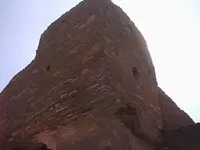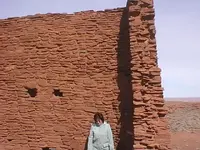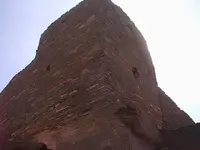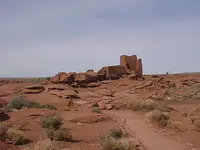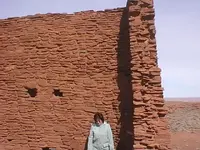naturegirl said:
thanks for the responses everyone, I'm getting a clearer picture in my mind of what we know about the history of this land. It really captures my imagination. I borrowed an Overstreets 10th edition, and the "cumberland story was very interesting, though now I need to re-read it 'cause I'm learning more all the time. There is such a feeling of wonderment at the history of the place where I'm standing when I'm out in the boonies somewhere. How old is this rock I'm standing on? How long has this creek been here? How many people stood on this bluff overlooking this valley? Is the connection I feel to the land, or the people? Who were they? In my fantasyland, the Native Americans will not be lost, we will have an American President of Native American descent. I hope to see that if my lifetime. I guess anytime you contemplate humans, it gets political, and spiritual, and all the people-stuff that goes with us. Wondering about these ancients, and needing to reconcile them with who we are today, seems to be occupying much of my mind, Which is really wandering around aimlessly! Thanks for the responses again,
naturegirl
Who were these that lie at the woods edge among the
lonesome pines? Among these trees they lie in silence, as
the leaves, ever brown upon their graves. To these I look,
and say, who are you, that I should feel sorrow and sadness
of heart? Among you are thorns, upon you the weeds of
neglect and forgetfulness. Why are you not visited? Why
are you not mourned? People will come, people will see, but
they turn again and are gone. Why are these made desolate,
and are not mourned? Who are these who's silence calls to
me from within, and I turn aside to behold? I have not known
them, yet they have known Daniel Boone, and Simon Kenton.
These who came when no one inhabited the wilderness, and
none demanded tribute to pass this way. I have not known
them, yet they are my family, the parents from which I formed.
What shall I pay you, you that have walked here that I might
walk? Among you are memories. Among you is love.
Then I turn and walk to the woods edge, as I wonder, Who am
I? And again I turn, as looking to my answer written in stone,
and remember the question, who were these?


